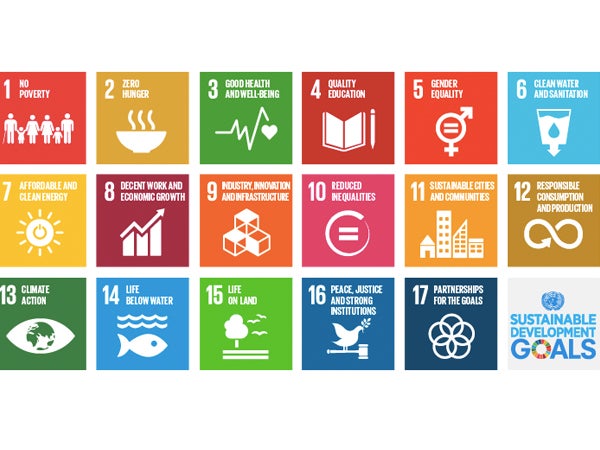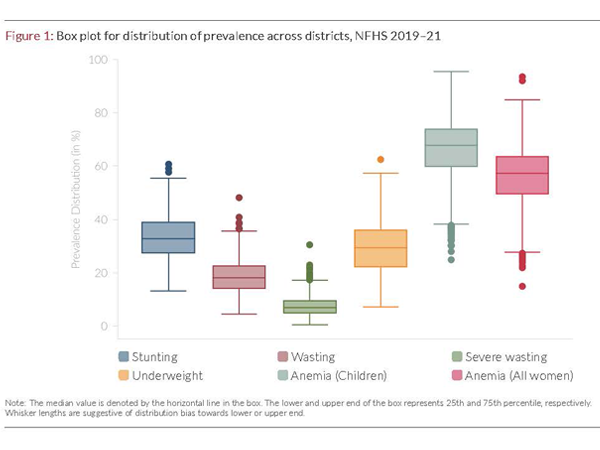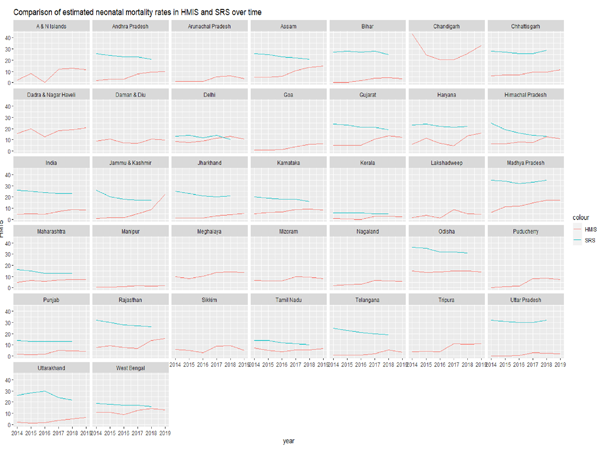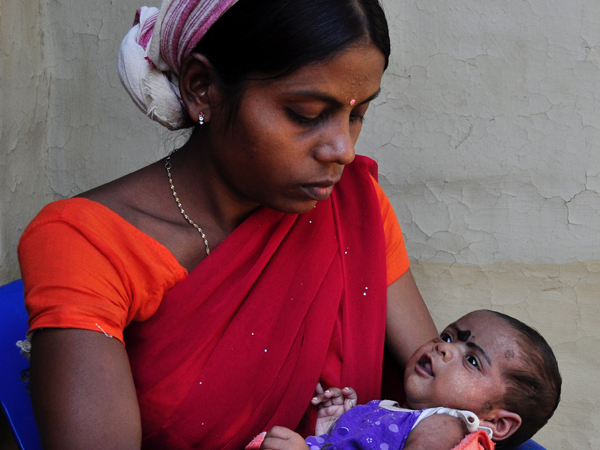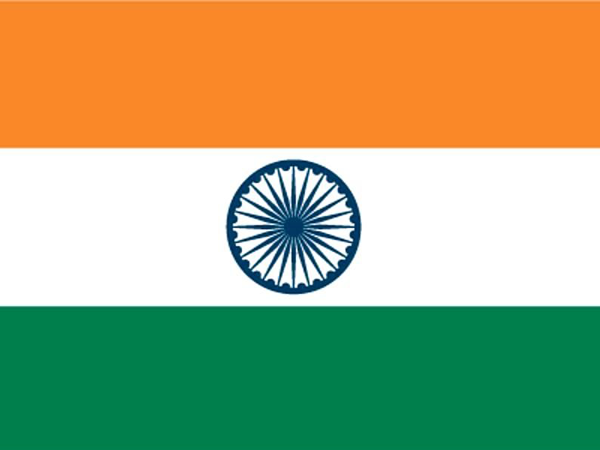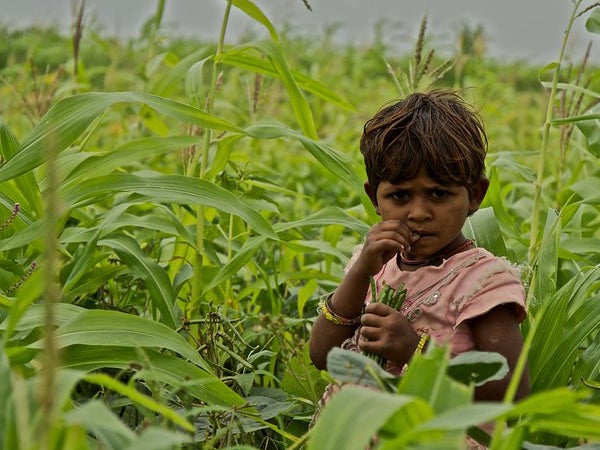S (Subu) V Subramanian explains in this piece in Mongabay-India how climate change has a negative impact on India’s progress in achieving the United Nation’s Sustainable Development Goals by 2030. A study led by Subramanian that was published in The Lancet Regional Health Southeast Asia earlier this year that assessed India’s progress in meeting these goals is also cited in this article.
Harvard Chan School reports: “Study highlights inequalities in early childhood vaccination in India”
A study published in JAMA Open Network by Harvard Pop Center faculty member S (Subu) V Subramanian, PhD, visiting scientist Rockli Kim, and their colleagues reveals a pattern of vaccination rates among children (ages 12-23 months) in India; despite efforts to achieve increased vaccination rates nationally, the number of children in certain regions and states in India who did not receive routine vaccinations (first dose of the diphtheria-tetanus-pertussis (DTP) vaccine)…
Researchers using all-cause mortality data from civil registration systems estimate that deaths from COVID-19 in India are much higher than officially recorded
Harvard Bell Fellow Aashish Gupta has co-authored a research article—along with colleague Murad Banaji—published in PLOS Global Public Health that utilizes all-cause mortality data from civil registration systems across 12 states in India as a way to try and get a more accurate estimation of COVID-19 deaths than what has been reported by the “patchy” mortality surveillance system in that country. “The surveillance of pandemic mortality in India has been…
India Policy Insights announces the first-ever interactive policy dashboard for India’s 543 Parliamentary Constituencies
India Policy Insights (IPI), the flagship project of the Geographic Insights Lab at the Harvard Center for Population and Development Studies, has developed a first-ever interactive policy dashboard for India’s 543 Parliamentary Constituencies (PCs). This public interactive tool provides health, nutrition, and development data that specifically aligns with the political units represented by India’s democratically elected Members of Parliament (MPs), who are responsible for overseeing effective policy implementation for their…
Op-ed: Controversy over India’s COVID-19 mortality rate illuminates need to address “holes” in mortality statistics and death registration data
Harvard Bell Fellow Aashish Gupta, along with his colleagues Murad Banaji and Vipul Paikra, have published an op-ed in The Indian Forum that points out how increased global attention on India’s COVID-19 mortality statistics could ultimately help to illuminate and potentially improve the underlying unreliability of mortality statistics and death registration data in India.
New policy brief series by India Policy Insights team delivers concise analysis of key performance indictors for five national programs sponsored by Indian government
The government of India has invested in programmes to help the states and districts achieve performance goals set to address everything from health issues (such as reducing anemia, stunting and low birth weight) to issues around gender inequity and women’s empowerment through education. But how can it be determined if India’s districts are achieving these goals? Now, a new policy brief series produced by India Policy Insight‘s team helps shed…
Can India’s Health Information Management System (HMIS) data be relied upon for estimates of population-level birth and child mortality rates?
This study is one of the first to compare facility-based, administrative health data on births and child deaths to birth and death vital statistics from the more commonly relied upon nationally representative surveys, such as the Sample Registration System and the National Family Health System, at national and state levels over a four-year period. Although the study authors (including Pritha Chatterjee, Harvard Bell Fellow Aashish Gupta, and HCPDS faculty member…
Honing in on small geographic areas within districts in India yields large differences
Estimating health indicators, such as birth weight and size, is typically calculated at the district level in India, a practice that fails to capture the inequalities that may exist between smaller geographic areas, such as villages. A team of researchers affiliated with the India Policy Insights project have published a study that takes a novel look at low birth weight (LBW) and low birth size (LBS) across these smaller geographical…
Study finds large disparities in life expectancy between different castes in India, suggesting “diverse systems of discrimination akin to racism”
A study published in PNAS co-authored by Harvard Bell Fellow Aashish Gupta, PhD, and two other colleagues uses survey data on more than 20 million individuals from nine Indian states (representing approximately half of India’s total population) to estimate life expectancy differences between those from higher-castes (e.g., Hindus) and three marginalized social groups: Adivasis (indigenous peoples), Dalits (oppressed castes), and Muslims.
Researchers call into question the accuracy of using stunting as a metric for measuring undernutrition among children in India
S V Subramanian and Rockli Kim, along with their colleague Omar Karlsson, have authored a timely commentary published in The Lancet Global Health in which they caution policy makers in India — who are currently reformulating India’s flagship nutrition program, POSHAN Abhiyaan — about utilizing the stunting metric to determine the effectiveness of interventions targeting child undernutrition. Since the height of a child is partially genetically determined by the height…
